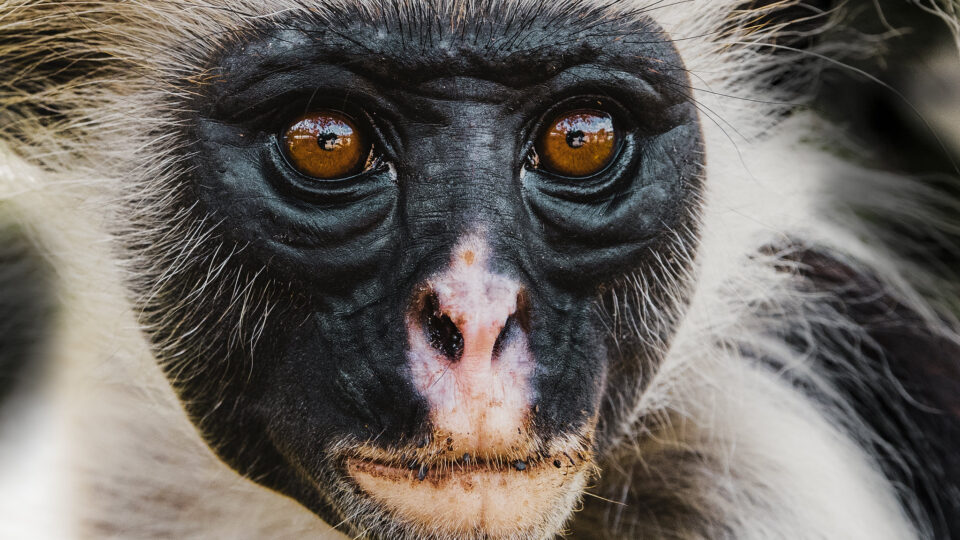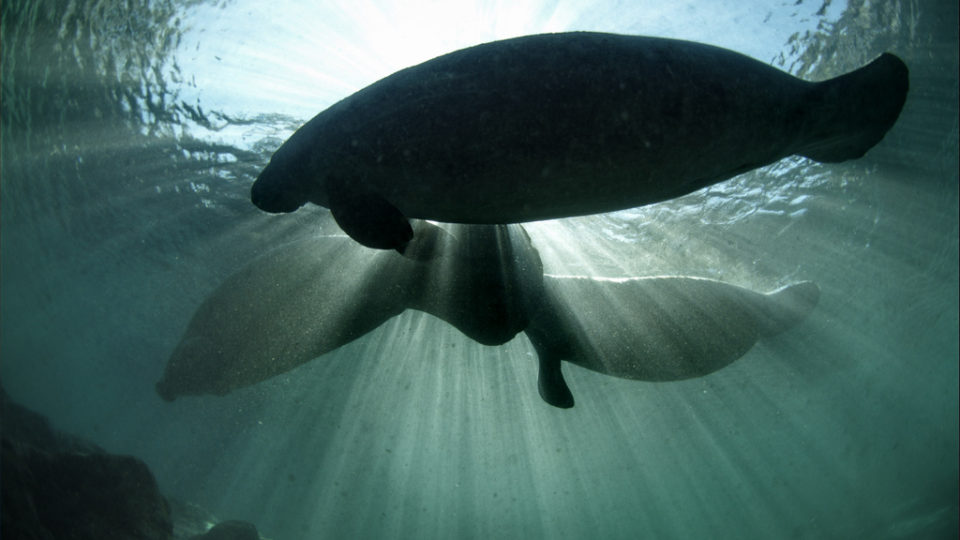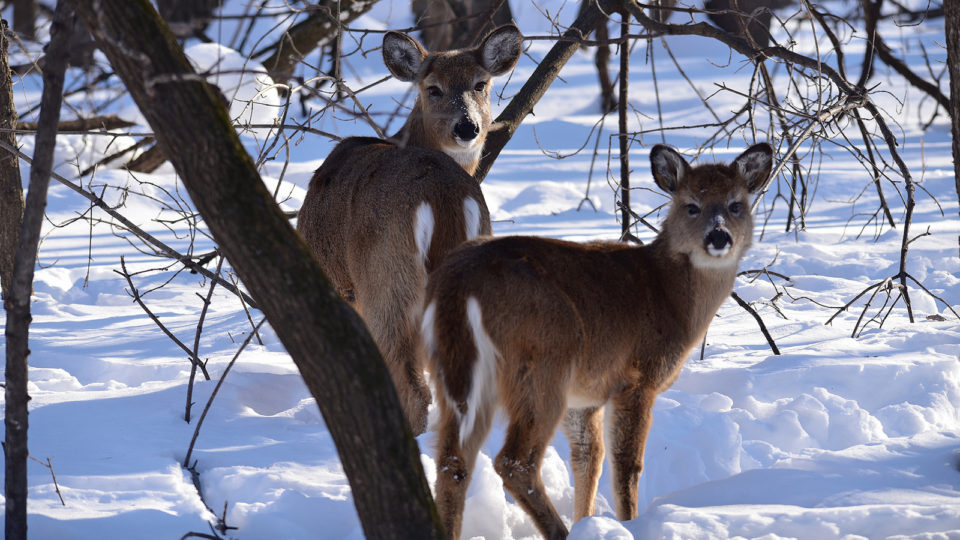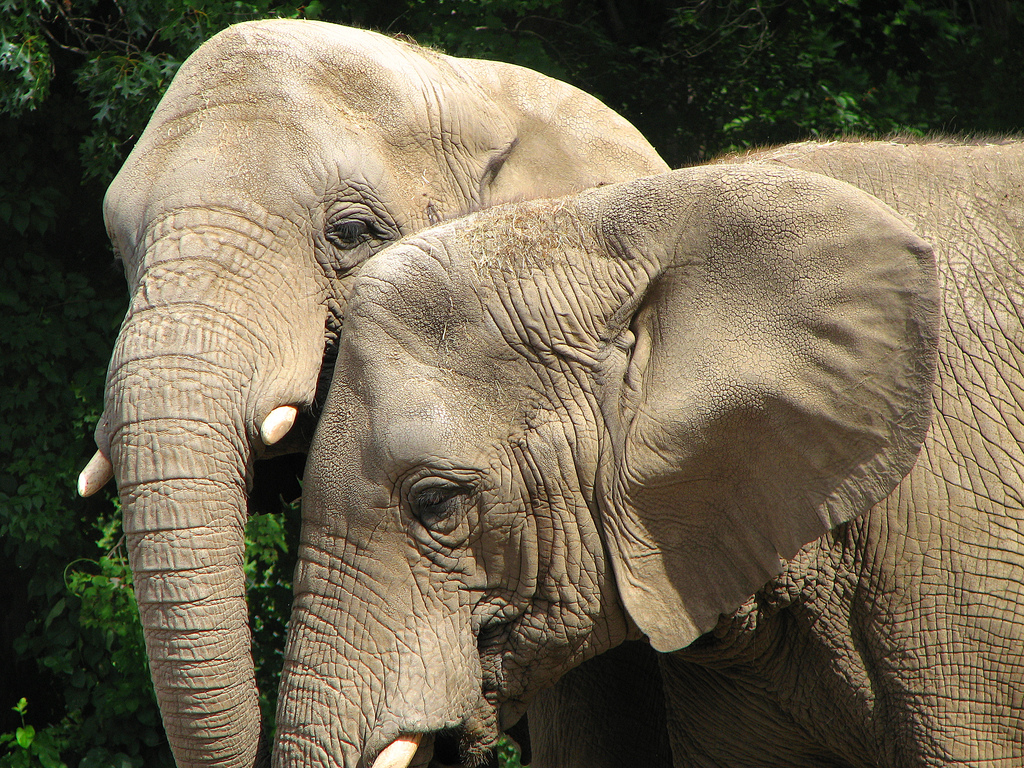Biodiversity is declining rapidly throughout the world and people are mostly the reason. Species are disappearing because of changes in land and sea use, the direct exploitation of organisms, climate change, pollution, and invasive alien species resulting from globalization. The challenges of conserving the world’s species are many and difficult. Among these challenges are determining which species are endangered and how and when to protect them.
What constitutes an endangered species is not necessarily obvious.
Extinction risk increases as a species is driven to extinction from portions of its natural range. Most mammal species have already been driven to extinction from half or more of their historic ranges because of human activities.
According to a recent survey of ordinary Americans, three-quarters of participants said that a species deserves special protections if it had been driven to extinction from any more than 30% of its historic range. This compares with the language of the U.S. Endangered Species Act that defines an endangered species as one that is “in danger of extinction throughout all or a significant portion of its range.”
Experts and decision-makers are more accepting of risks and losses because they believe greater protection would be impossibly expensive. Decision-makers tend to be influenced by special interest groups with a vested interest in not instituting protections.
Before human activities began elevating extinction risk, a typical vertebrate species would have experienced an extinction risk of 1% over a 10,000-year period. Current policies consider a 5% risk over 100 years to be acceptable. Policies consider whether we can afford to protect species. Given the dangers of declining biodiversity, we should ask whether we can afford not to.
**********
Web Links
What Is An Endangered Species?
Photo, posted July 29, 2018, courtesy of Sergio Boscaino via Flickr.
Earth Wise is a production of WAMC Northeast Public Radio.



